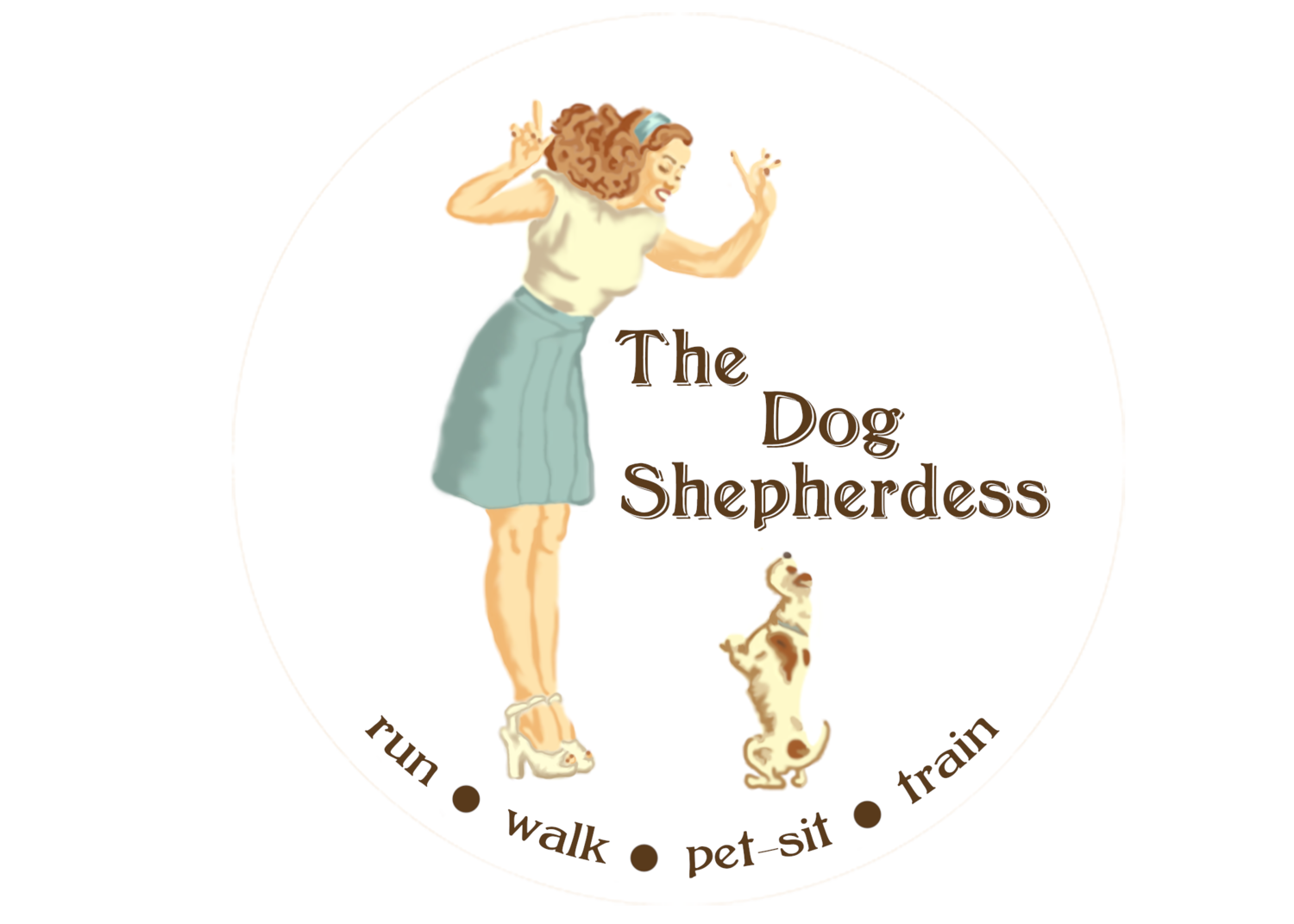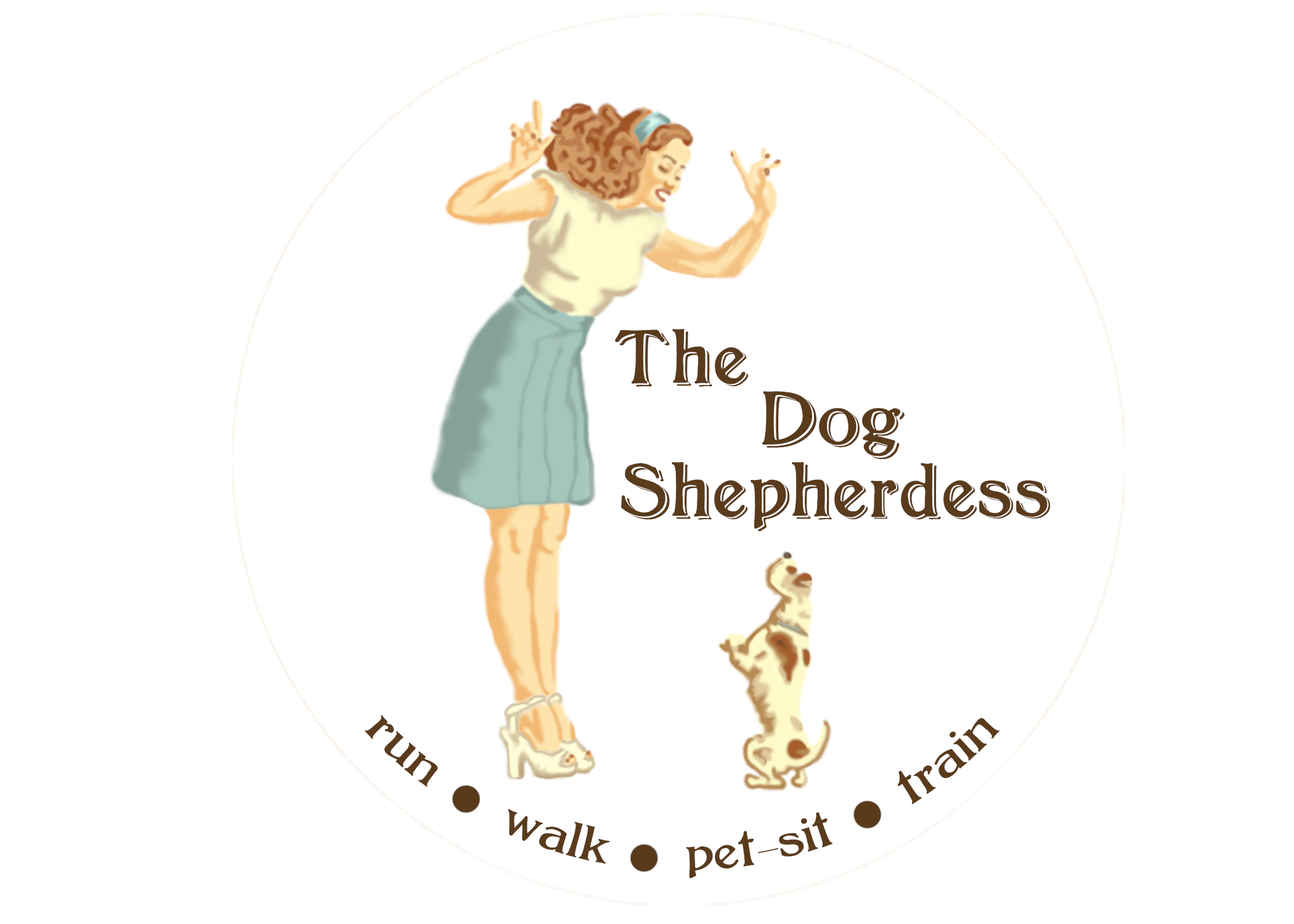10 Ways to Keep Your Dog Happy, Healthy, and Well-Behaved
By: Rebecca Garcia
Let's face it, dogs are a big part of our lives. We just can't seem to get enough of them. In a recent survey, they found that there are over 75 million dogs living as pets in homes across America. Here's a list of 10 things that will help improve the health, happiness, and relationship that you have with your dog. Then both of you can enjoy a care-free, long life together.
Dogs should spend between 30 minutes to two hours in physical activity every day
1. Exercise and Daily Walks
Dogs should spend between 30 minutes to two hours in physical activity every day depending on their breed, age, and health. (A dog will not get exercise by himself in the yard when you are away at work.) Your dog still needs at least 30 minutes to explore, to travel, and to exercise consistently with a person or other dogs. Breeds in the hunter, herding, working group (retrievers, shepherds, collies, hounds, etc.) will need more activity than the average dog.
Trick training, dog sports, or food puzzles are a few examples of the many different options
2. Mental Stimulation
Did you know that a dog who actively uses its brain will get tired faster than when it's just exercising!? The amount of mental stimulation varies based on breed, but every dog requires some form of mental stimulation daily. Trick training, dog sports, or food puzzles are a few examples of the many different options which you can try. Most bad dog behaviors shown in the house are signs of boredom, not just lack of training. If you do not give your dog an outlet to use his cognitive functions, he will find another outlet for himself -- you may not like what he finds.
Always consult your veterinarian to determine the best options for your dog.
3. Healthy Diet and Regular Meal Times
It is important to make sure your dog is getting a balanced diet and the proper potion sizes based on its size and age. Always consult your veterinarian to determine the best options for your dog. Dogs should also have a regular meal time to give them something to work for. If you give your dog his meal after your walk or daily workout, then the meal equals the reward for doing a good job.
4. Daily Training
Just like people, dogs never stop learning. To ensure that you develop a well-behaved and satisfied dog, it should have a consistent, daily, training routine. In order for our dogs to behave well naturally, they need to practice the skills we teach them regularly within different situations. Dogs do not reason like humans. Dogs live and react to the moment.
5. Exposure to Stimulation
Desensitizing is the key to encouraging calm reactions to new things. The more exposure to new things, especially at a young age, the better. Bring your dog to new places, such as to the pet store, to an outdoor patio, or a shopping center. This exposure will help give them the coping skills to remain calm with new experiences. The only way to overcome fear and anxiety is to work through those fears and start off slow and gradual. Each encounter should be a good experience for the dog. Always end on a good note!
Set your dog up for success by organizing supervised group meetings with dogs that you already know are very well socialized.
6. Socializing
Set your dog up for success by organizing supervised group meetings with dogs that you already know are very well socialized. Or, sign up for puppy socializing classes with a local trainer. Your dog should be exposed regularly to different ages, people, and dogs so that it learns how to behave in each scenario. When we see our dogs react aggressively, our natural instinct is to isolate them away from people and other dogs. Although this does help prevent a problem from occurring, in reality, it helps to perpetuate the root issue. In order for a dog to overcome aggression or insecurity, it needs to work through it and be socialized. Talking to a local trainer who is specialized in aggression will help set you and your dog up for success to overcome this challenge.
7. Set up for Success
If you know your dog struggles with pulling on the leash at the beginning of a walk, play with him first to help drain some of his energy before the walk. If he always barks at a neighbor dog on your walk, have a bag of his favorite treats to redirect his focus back to you. Always be prepared for unexpected teaching moments, and never push your dog past its threshold. If your dog does make a mistake, just go back to the same situation at an easier level. You always want to end the training sessions on a good note.
Dogs love to know what the rules are.
8. Consistency
Dogs do well with a regular routine and daily schedule. Dogs love to know what the rules are. Dogs have rules for interactions among themselves, and they want to know what is expected of them in their “human pack” as well. If you remain diligent and strong in our discipline and teaching, you will see that your dog’s behavior will improve.
9. Positive Reinforcement
Dogs perform better with positive reinforcement than with any other training method. When you adopt this training method, you actually build trust and better communication with your dog. Your dog will want to work for you. There are three types of rewards a dog prefers -- food, play, and praise. Observe your dog and see which one motivates him. From there, you can teach him many behaviors. This method takes time and constancy, but it is well worth the effort.
10. Patience
Patience is a key ingredient in training our dogs. We love our dogs, but sometimes they can "push our buttons." If you are working with your dog and find yourself getting frustrated, just end the session. No one can teach or learn when anger is present! It is O.K. that your dog doesn’t always understand what you're wanting. And, you don't always understand what he is trying to tell you. This is completely normal. You are two completely different species! The goal is to understand each other and that has no time-frame. Dogs are amazing creatures; and we're lucky to have them in our lives. They do require a lot of hard work and time. But what good relationship doesn’t? After sharing our home, family, and life with them, we wouldn’t have it any other way!
Nashville, TN











